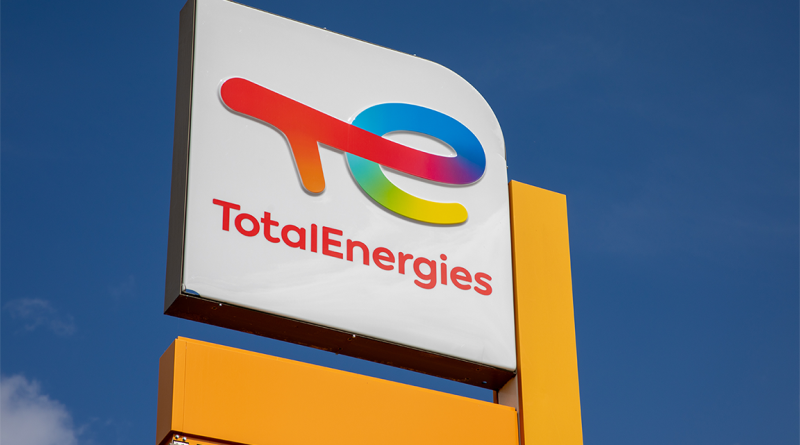US Revives $4.7B Loan for TotalEnergies’ Mozambique Gas Project
Subscribe to our free newsletter today to keep up-to-date with the latest energy, oil and gas news.
The $20 billion Mozambique LNG project by TotalEnergies, is once again at the center of global energy investment. At the heart of this revival is a reapproved $4.7 billion loan from the US Export-Import Bank (EXIM), one of the agency’s largest single investments in Africa. Initially approved in 2020, the funding was suspended after a violent insurgency broke out in Cabo Delgado, where the project is based.
In 2025, conditions have shifted. The US reinstated financial support after new security guarantees and TotalEnergies’ commitment to humanitarian initiatives in the region. The loan signals confidence in the project’s geopolitical and economic relevance—especially as global energy markets realign post-Ukraine and Europe looks to diversify gas imports.
The EXIM loan’s return represents more than capital. It reflects the US’s energy diplomacy, one that walks a fine line between traditional fossil fuel interests and global climate commitments. The Mozambique LNG project sources gas from the offshore Area 1 block in the Rovuma Basin, with a production target of 13 million metric tons per year.
Why Mozambique’s LNG reserves are central to global energy strategy
Mozambique’s offshore gas fields are strategically timed. The Rovuma Basin holds more than 100 trillion cubic feet of gas, placing the country among the top global LNG resource holders. With rising global demand, especially in Europe and Asia, Mozambique’s entry into the export market could have global consequences.
Since 2022, Europe has accelerated efforts to replace Russian gas, turning to LNG as a substitute. Mozambique offers an attractive option, with proximity to both European and Asian markets and relatively undeveloped reserves that allow for long-term supply contracts.
Several multinational firms are active in Mozambique’s LNG sector. ExxonMobil and Eni are pursuing parallel projects, but TotalEnergies’ Mozambique LNG is the most advanced. Its onshore infrastructure—unique in the region—enables processing gas from multiple fields and adds commercial flexibility.
Demand for LNG is expected to grow through 2040, particularly in developing Asia. Mozambique’s role in this future hinges not only on production but also on how it positions itself geopolitically. Interestingly, while the US is one of the largest LNG exporters, its decision to finance Mozambique’s project reflects a broader energy stability strategy.
Security has defined the trajectory of the Mozambique LNG project. The insurgency in Cabo Delgado, beginning in 2017, disrupted lives and halted operations. In 2021, an attack in Palma—near the LNG site—forced TotalEnergies to suspend all activity and evacuate staff. Since then, a regional response led by Rwandan forces and the Southern African Development Community has pushed insurgents out of key areas.
What’s next for Mozambique and the future of African LNG exports
As the Mozambique LNG project advances, expectations are rising. LNG exports could transform the country’s fiscal landscape, potentially adding billions to state coffers. GDP growth, modest in recent years, is projected to climb rapidly once exports begin.
Beyond GDP, LNG could catalyze broader development—from roads and ports to local employment and skills training. The infrastructure footprint alone is generating secondary investment in logistics, housing, and support services.
Still, the risks are real. Resource-rich nations across Africa have stumbled under the weight of extractive wealth. African LNG is gaining ground, with projects emerging in Senegal, Tanzania, and Mauritania. Mozambique is ahead of the curve—but only just. Its success will influence how investors view LNG across the continent.
Sources:
